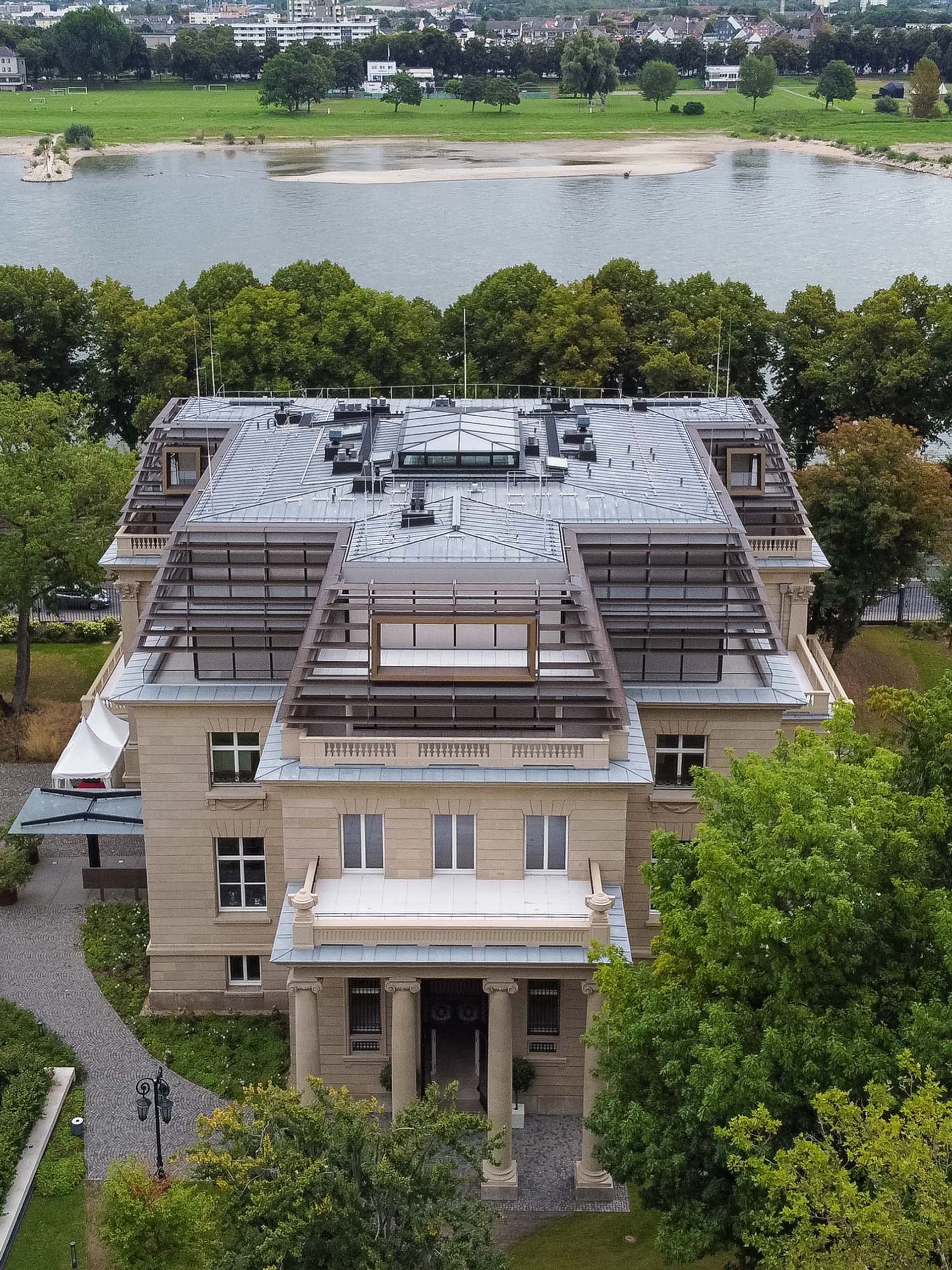As the tail end of a second year governed by a global pandemic turns the corner and a new year hopefully less constricted by Covid-19 approaches, Sotheby’s total sales for 2021 have reached $7.3bn, the highest in the company’s 277-year history, and more than 68% higher than last year’s total sales for the same period, which topped out at $5bn. And the auction house has 20-odd sales still to go.
The landmark year shouldn’t come as a complete surprise. The Covid-19 pandemic upended nearly every tradition and convention in the art market, from the art fair calendar to how galleries sell art online. The auction houses were no exception. The inability to travel combined with a younger generation of well-heeled collectors who are new to the market, have a fondness for viewing things digitally and are keen to speculate meant the auction house was able to capitalise on the digital infrastructure they built out in 2020.
Much of this success can be attributed to the auction house’s increased audience. Roughly 39% of buyers and 44% of bidders this year have been new to Sotheby’s, which spokespeople say is due in large part to the auction house fully embracing its hybrid livestream digital format. Over 200,000 bids were placed online this year, accounting for a whopping 92% of total bids, and more than 16.6m people live-streamed sales. Online sales topped $800m, an increase of more than 71% year on year. Asian collectors who have powered a burgeoning market did much to propel sales at the auction house, accounting for one-third of all bids by value in worldwide auctions and 46% big or bought on works over $5m.
The throng of new bidders drove up fine art sales as well as luxury auctions, which for the first time broke the $1bn mark, a record at any auction house and up 78% from the full year total in 2020.

Sotheby’s new outpost in Cologne Photo courtesy Sotheby’s
Sotheby’s has also embraced the satellite theory that saw galleries following the money and opening outposts in the world’s most well-to-do cities. If people are disinclined to travel, why not bring the circus to them? This year saw high-profile sales in Las Vegas, where 11 Picassos from the MGM Resorts Fine Art Collection were auctioned in October, Beaune, which hosted the Hospices de Beaune wine auction in November, and Monaco, where a portion of the Karl Lagerfeld Collection sale was held in December. The auction house also opened new premises in Cologne, Los Angeles and a private sales pop-up gallery in Monaco.
Undoubtably the highlight of the year for the auction house was the sale of Macklowe Collection, the first of two court-ordered auctions of Linda and Harry Macklowe’s art collection at the auction house, a white glove sale that brought in a total hammer price of $588.7m, or $676.1m with fees, making it Sotheby’s most valuable sale ever. Works by Agnes Martin, Jackson Pollock, Robert Irwin and Michael Heizer achieved record results. Interestingly, the entire sale was backed by a guarantee which covered all 35 lots, 22 of which also had irrevocable bids, an increasingly common occurrence at every auction house.
The Macklowe sale also proved that young, crypto-savvy collectors are willing to buck tradition by flaunting their purchases on social media. A few hours after the sale, Hong Kong-based cryptocurrency investor and NFT advocate Justin Sun announced on Twitter that he was the winning bidder for Alberto Giacometti’s Le Nez (1947), which he later announced would be donated to ApeNFT, a blockchain-based fractional ownership fund with which his foundation has partnered.

Sandro Botticelli’s Young Man Holding a Roundel Courtesy Sotheby’s
Also notable were the high prices achieved for works by Frida Kahlo—whose self-portrait Diego y yo (1949) broke the record for any Latin American artist when it sold, after lacklustre bidding, for $31m ($34.9m with fees) at the house’s marquee sale of Modern art in New York in November—and Sandro Botticelli, whose Young man holding a roundel (around 1470-80) hammered at a record $80m ($92.1m plus fees) in January. The Botticelli marked the highest price for an Old Master painting at the auction house, a record for the artist and the second-highest price ever achieved for an Old Master painting.
Sotheby’s this year plunged head first into the digital realm, selling its first NFT (non-fungible token), a collaboration with the artist (or artist collective) Pak that brought in $16.8m, launching its own dedicated NFT platform in the metaverse space Decentraland in October, and for the first time accepting bids in Ethereum for a live auction.
It’s likely the auction house will double down on its digital advancements next year. Despite how volatile the NFT market is and how new decentralised technology and communities can seem, there’s little doubt that the non-fungible will have a place in the art market going forward.
“Web3 will dramatically change established client behaviour both in terms of how art is sold and who the buyers are,” says Sotheby’s chief executive Charles F. Stewart.
Archrival Christie’s is expected to share its year-end numbers in the coming week.


